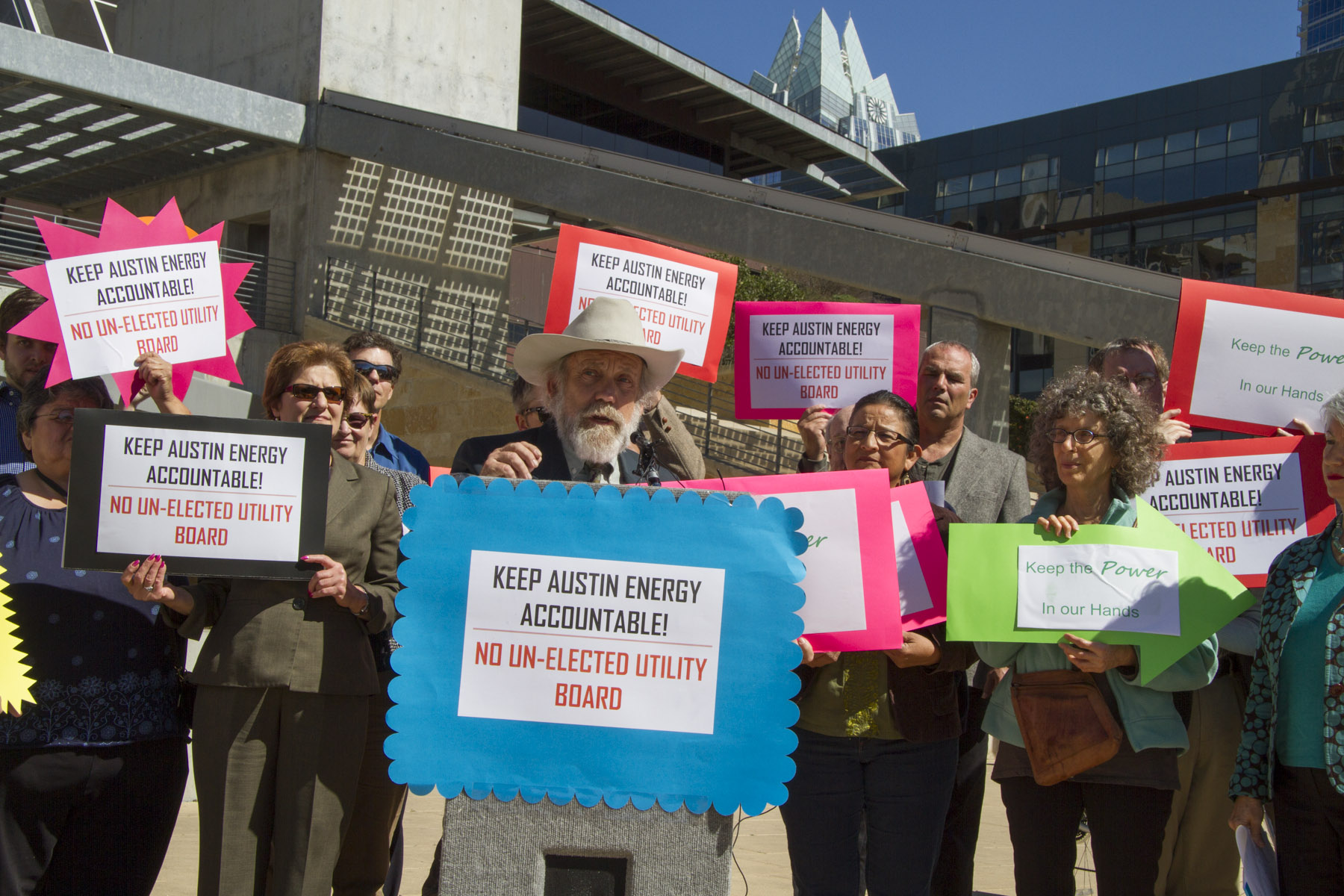Today the Dallas County Medical Society filed a petition with the Texas Commission on Environmental Quality asking the agency to adopt rules to reduce the pollution from three old coal-fired power plants that contribute disproportionately to high ozone levels in Dallas-Fort Worth and East Texas.
“Evidence is overwhelming that our high ozone levels are causing increasing numbers of area children to develop asthma, and are contributing to the many asthma attacks, chronic lung disease exacerbations, and heart attacks we see every day in our emergency rooms, clinics and hospitals,” said Robert Haley, MD, a Dallas internist and epidemiologist. “A large body of medical research shows that more people of all ages develop respiratory illnesses and die prematurely in cities with high ozone levels, and we have among the highest ozone levels in the country.”
To address this issue, DCMS and the Texas Medical Association sponsored a study by Daniel Cohan, PhD, an environmental engineering scientist at Rice University, to review all the scientific information about ozone pollution in North Texas and identify ways to reduce ozone levels without compromising the state’s energy grid or jobs. Click here for study. 2013 white paper august 1 2013
“The Cohan Report identified these three very old coal-fired power plants south and east of Dallas, built in the 1970s, that have never been required to meet current emission limits and which contribute disproportionately to ozone levels in the Dallas-Fort Worth area,” according to Cynthia Sherry, MD, DCMS president. “With the impending bankruptcy of the plants’ owner, Energy Future Holdings, the plants likely will change hands.” The petition asks that the TCEQ require these plants to meet the same low emission levels for ozone-forming gasses that are required of the company’s two newer lignite-fired power plants. “This is the time to require that the plants lower their emissions to protect the health of North Texans,” Dr. Sherry said.
The three power plants are Big Brown near Fairfield, Martin Lake near Longview, and Monticello near Mount Pleasant.
“Because of their age, these three plants emit large amounts of pollution for a relatively small amount of electricity produced,” said Cohan, the report’s author. “Today’s technologies offer economically more attractive alternatives that would be far less polluting.”
According to the report, a combination of natural gas, geothermal, coastal wind, and solar production could replace the energy production capacity — and the East Texas jobs — of the three old coal plants at equivalent prices to Texas ratepayers. East Texas, where the three coal plants operate, has uniquely amenable geologic characteristics that make geothermal power generation unusually attractive.
Energy Future Holdings, an investment group that purchased the power plants from TXU, is facing bankruptcy because the drop in energy prices from the boom in natural gas production has reduced the profitability of coal. It also faces new requirements to control mercury emissions, and the Environmental Protection Agency is formulating additional requirements for controls on CO2 emissions.
“The financial press is predicting bankruptcy or restructuring of Energy Future Holdings,” according to Tom “Smitty” Smith of Public Citizen’s Texas office. “The petition by the physicians and environmental groups will put the company or new owners on notice that they can’t keep running these old, polluting plants without investing in new pollution controls. Concerned citizens can add their names to the petition by visiting PETITION WEB SITE.”
The petition can be found at http://www.ipetitions.com/petition/tceq-please-clean-up-northeast-texas/
To comment on the petition, go to http://www10.tceq.state.tx.us/epic/efilings/ . To submit comments, use Docket No. 2013-1612-RUL, which was assigned to this Petition for Rulemaking (Dallas County Medical Society Petition: EPA-Compliant Pollution Control on Old Coal Plants).
The scientific report can be found at www.dallas-cms.org/news/coalplants.pdf.
“Bad air day: Report details power plant dangers,” Texas Medicine, June 2013, pp. 45-49, accessed at: http://www.texmed.org/Template.aspx?id=23977
Read Full Post »










